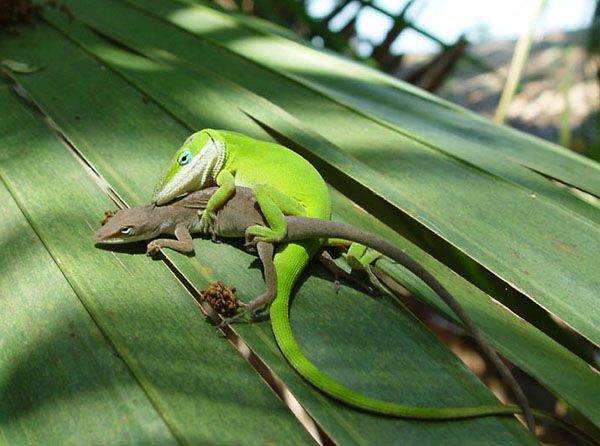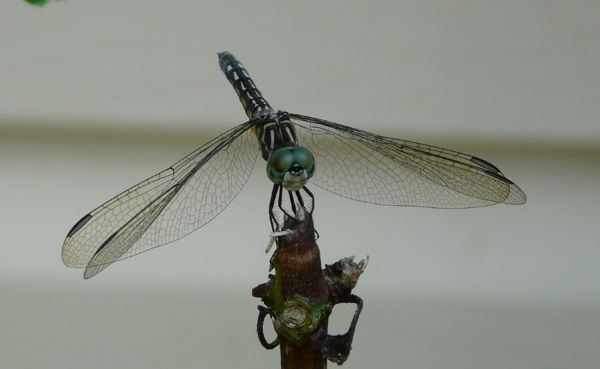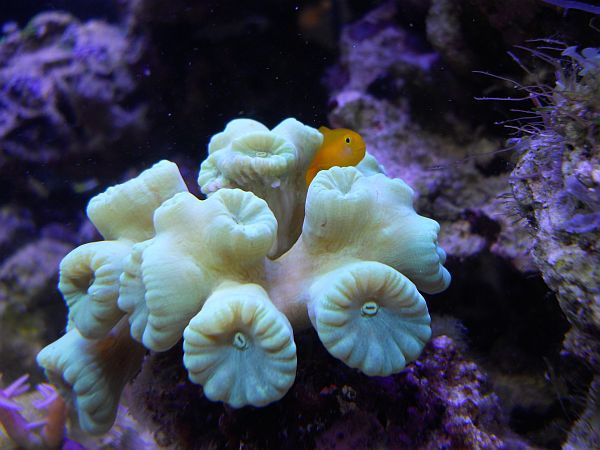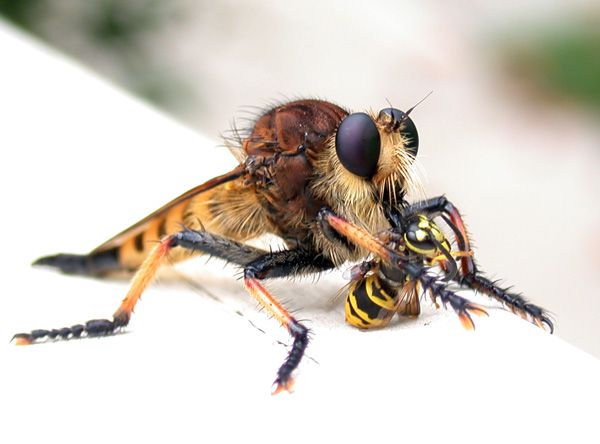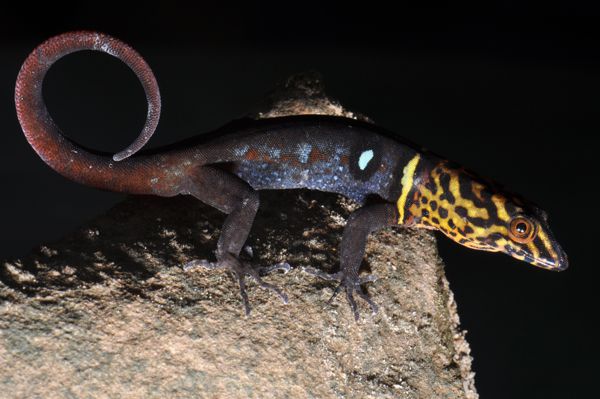Photography contest: Finalists, General Category
Note: Matt Young directed the selection of the finalists and wrote most of this text.
We received approximately 60 photographs from 20 photographers. Most of the pictures were excellent. Approximately half represented endangered or invasive species, very loosely defined. We therefore established 3 categories: general, threatened or endangered, and invasive.
Choosing finalists was difficult. We considered what we thought was the scientific and pictorial qualities of the photographs, and also attempted to represent as many photographers and present as much variety as possible.
Here are the finalists in the general category. The text was written by the photographers and lightly edited for style. Please look through them before voting for your favorite. We know it is possible to game these polls. Please act like adults and don’t vote more than once. If we believe that the results are invalid, the contest will be canceled. The photos and poll are below the fold.
The Talk Origins Archive Foundation will provide the winner with an autographed copy of Why Evolution Works (and Creationism Fails), by Matt Young and Paul Strode?

